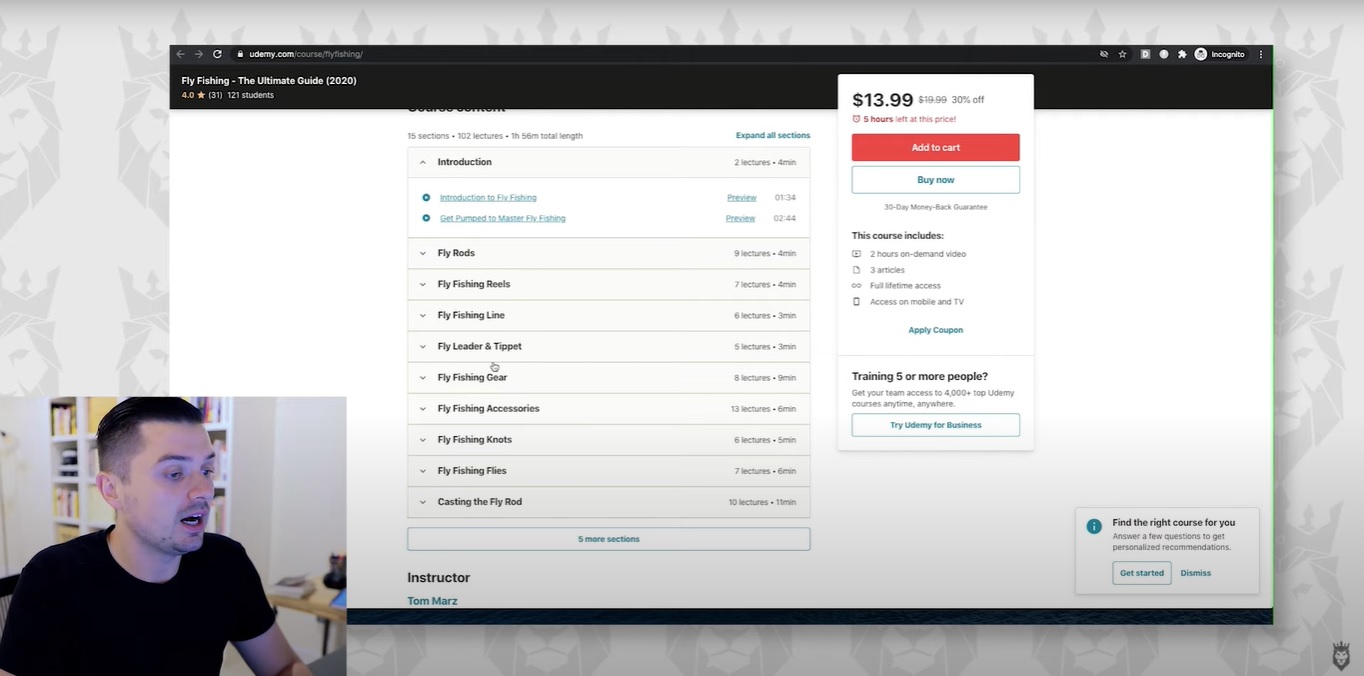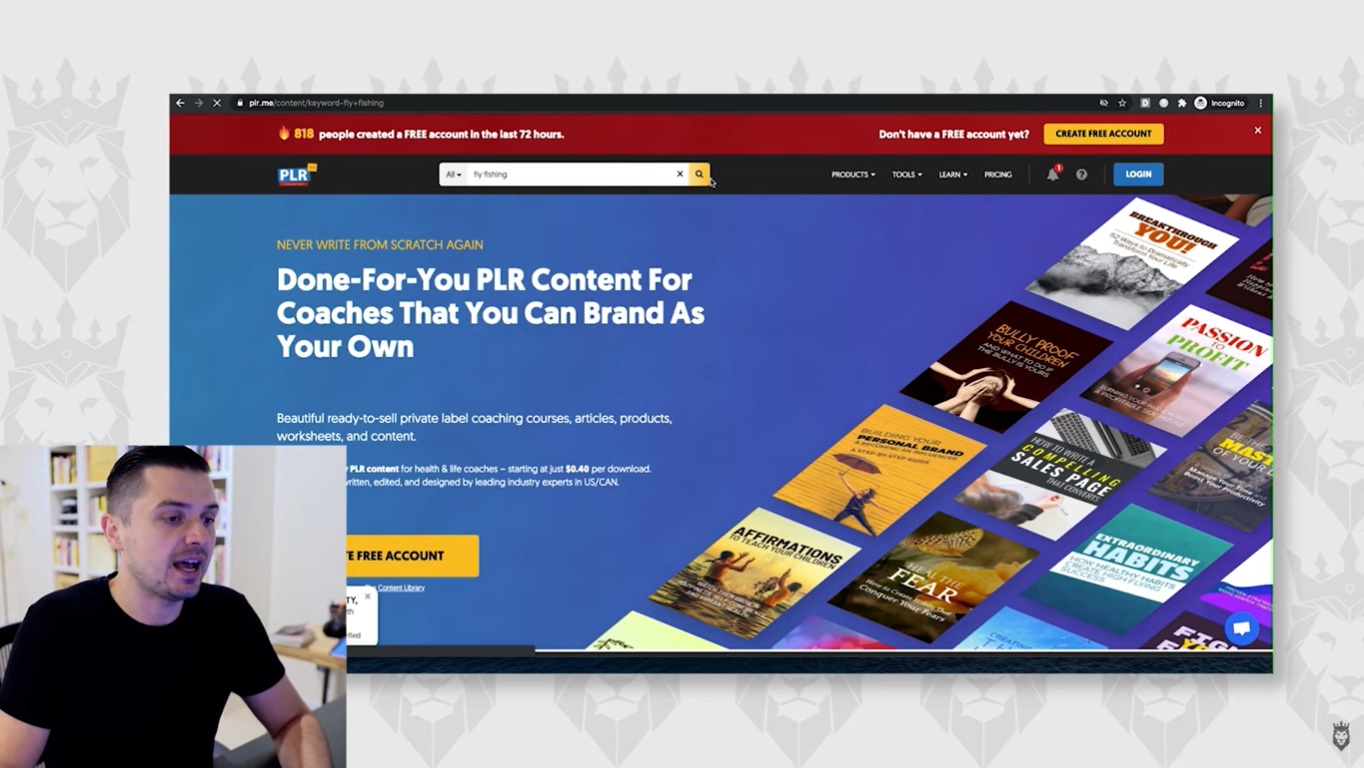Information products are incredibly versatile and profitable products that you can sell as standalone items or bundle with your other products. Are you wondering where to get started? Let’s dive into what information products are and how you can create and sell them for maximum profit.
What Are Information Products, And How Can You Sell Them?
An information product is a piece of content that you create. They can be anything, such as a video course, a PDF, an ebook, or even a cheat sheet or template. It’s typically used in one of two ways:
1. You Can Sell the Information Products Directly
The first way to use information products is to sell them. They are considered high-margin because they are not physical products. You only spend time and resources when you first create the content, and then you can sell them over and over again for a very healthy margin.
2. Bundle Information Products for Free With Your Physical Products
The second way information products can be used is to bundle them for free with your physical products. If you’re doing dropshipping with fishing lures, for example, you can bundle in free information products. Information products don’t just enhance the value of your product and establish your expertise. They also create a differentiating factor your competitors don’t have.
The key takeaway is that Information products are very versatile, and there are A LOT of options for creating them. But what does your audience actually want? That’s where the first step comes in: research.
Research What Is Already Selling

Check Out Learning Sites Like Udemy
Before you create an information product, you need to research what is already selling. Start by going to a learning site like Udemy and type in a search term for your topic of interest — for example, fly fishing. Then explore the top courses to see what customers are looking for. Your goal is to examine these entries and derive what the common questions and pain points are. That will help you decide how to focus your content.
Look at Shopping Sites Like Amazon
Don’t just stop at Udemy. Amazon is another great source for finding more information. On Amazon, select the ‘Books’ department and then search for ‘fly fishing.’ As you browse the top results, you have another window into what people are interested in reading and learning about. You can use the sources from several of these results as a basis for creating your own content.
Insider Tip: Check Out ‘For Dummies’ Books
The ‘For Dummies’ book results are great because they lay out exactly what people want to know, all nicely organized in the table of contents. These books are valuable because so much market research has gone into them. And you don’t have to buy the book. Just click into it, scroll through the first few pages, and browse the table of contents and pertinent topics.
Other Research Tools: YouTube, Lynda.com and Answer the Public
Search YouTube for tutorials and how-to videos, like ‘How to fly fish for bass.’ Just like with Amazon and Udemy, the search term itself will give you a peek into the keywords that people are using. Lynda.com is LinkedIn’s knowledge-sharing site where you can search for popular course topics. Another valuable resource is Answer the Public, which shows common questions and phrases that people are asking.
Plan Your Content
As you do these searches, you’ll see course and book results, videos, content, and, most importantly, sources. Compile, read, and watch several of the top results. Then create bullet points for the product you want to create.
Do a Quick Deep-Dive on One Topic
Don’t try to cover a dozen topics at once. Instead, pick one topic and go into detail so that you can quickly develop content and get it in front of your customers. For example, you might focus on ‘Best Fly Fishing Rods for Beginners’ and then dive deep on things like what kind of rod to buy, what case to choose, and what line to buy.
Keep Your Content Short
If you’re going to create PDFs, cheat sheets, or ebooks, remember that shorter is better. Avoid creating a 100-page ebook that no one will read. Aim for 10-15 pages instead. This way, you’ll create a product that is not only a quick win but something customers actually want to read. At the other end of the spectrum, you can create a full course. Customers will pay more for these, but they need to contain a lot more content. We recommend that first-time sellers stick with short, easy PDFs or cheat sheets. You can sell them in your funnels and your Shopify stores or even give away for free. You can always develop and sell longer video courses or content further down the road.
Select Your Niche
You might wonder why people would buy your content as opposed to all the other books and courses. The answer lies in niche selection. It’s crucial to go into a niche, whether you’re selling only information products or information products combined with physical products. You want to choose a niche that always has a stream of new people exploring it. That’s why we love hobby niches. Even as some people leave, a new audience is coming in and consuming information.
…And Become an Expert
We always recommend that you know what you are talking about. Don’t create information products about a topic if you’re not willing to create lots of videos about it or talk about it for hours and hours. Here at Empire Builders, we sell ecommerce information products, and as you know, we have 800 videos on it. Our team lives and breathes these topics every day. You don’t need to be as diehard as us, but it’s extremely important that you love what you do. Otherwise, you’re just creating another job for yourself.
Be Original — Don’t Plagiarize
We can’t stress this enough: you should not be stealing the exact content, titles, pictures, or anything that would be plagiarism or infringement of copyright. Not only is that wrong, but you will also get caught and get in trouble. Instead, take the sources from these multiple, top-selling books, courses, and videos, and use them for your research and your work. Steal Like an Artist is an amazing book that describes this. Take the information from these sources and use your understanding, your words, and your style to create your own unique product.
Creating Information Products

Now that you’re ready to create your information products, you have a few options.
1. Do It Yourself
It’s not that hard to make a video, a short lesson, or even a full-fledged course, especially if you like the topic. You can even make a Google Drive document and save it as a PDF.
2. Use PLR Websites
PLR (private label rights) sites let you license rights to information products. You purchase the product once, and then you have license rights to resell it. You don’t have to do anything besides brand the content with your logo, and then you can start using it.
One of our favorite PLR sites is plr.me, which has fairly mainstream content. While they may have niche content in big categories like fitness, they won’t have much in fly fishing. Our other favorite is ThePLRStore, which is another large, reputable repository of content that you can buy rights to. Note that these PLRs will generally be just plain text files. It is your job to hire a graphic designer to make them look attractive. Alternatively, you can do it yourself by putting the information into a Google Docs or Google Sheets document.
Getting Your Information Product Ready to Sell
Your next step is to package your information product and make it look attractive to customers. This step can actually make or break your information product’s success. People want that exciting feeling of purchasing and opening a nice-looking product with cover art and other features.
One option is to hire someone using a site like FreeUp, where you can find and hire freelancers to do this work for you. (Go to https://freeup.net/partners/empirebuilder/to get a free $50 coupon as you get started). You give them the PLRs and your sources, tell them your inspiration, and then let them do the work. Yes, it will be a little more expensive upfront because you’re outsourcing. But every subsequent sale after you get past the initial cost of $50-$100 will be all margin. Or, if you bundle it for free with your other products, it might drastically increase your store conversions.
Another place you should check out is us! Our team at Ecommerce Empire Builder can actually build information products for you. Our services page has everything you need to know about our process as we build professional, high-quality information products to fit your vision.
Marketing and Next Steps to Success

When you’ve researched and created your information product, your next step will be marketing that product. We recommend that you reserve your seat now for our upcoming Ecommerce Empire Builders Master Class, where we’ll take a deep dive not only into marketing but into all aspects of creating a profitable ecommerce business. Our exclusive free webinar will give you the tools you need to start your own ecommerce empire!

